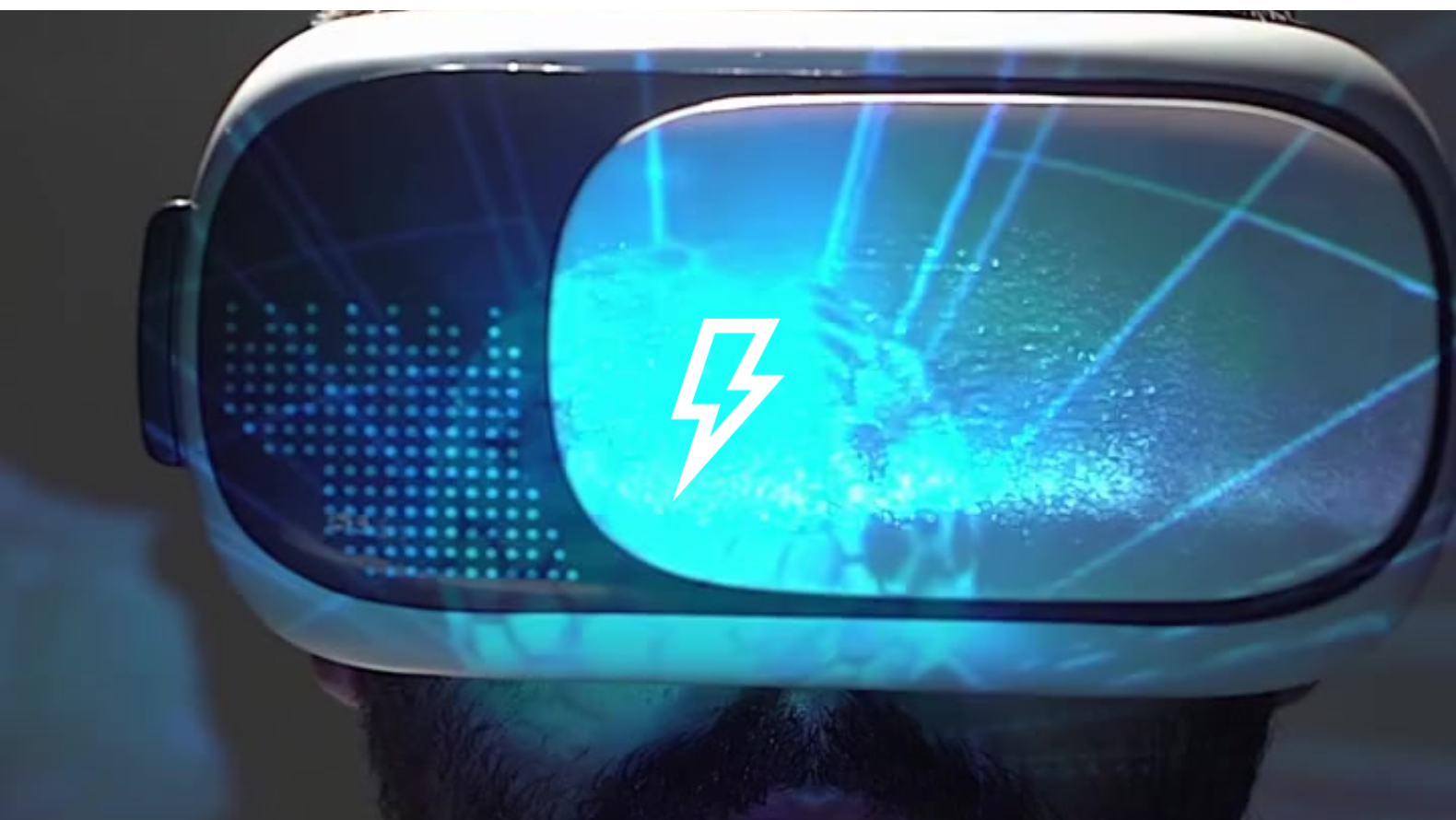Myths and truths about organizing experiences
Spoiler: no, not everything is solved with lights and background music.
Organizing experiences has an air of glamour when you see it from the outside. Travels, Venues beautiful, creative ideas, backstage stories, applause...
But those of us who live behind the curtain know that the reality is much harsher.
And as with everything that seems cool, myths abound. Some of them are funny. Others frustrate. And others directly complicate the work.
So we're going to give a few names and surnames. Because to build a real experience, you first have to understand how this actually works.
Myth 1: “An experience is organized in two weeks if you have a good team”
Reality: Time is a luxury you almost never have, but you can't make magic without planning either.
There are things that don't accelerate: permits, production, technical tests, logistical timings.
Yes, we have set up experiences in two weeks.
And yes, we also ended up with three browns on the body and the lost look of someone who hasn't slept in two days.
Myth 2: “With a powerful idea, everything else goes by itself”
Reality: A brilliant idea is of little use if you don't know how to put it down.
And lowering it means landing it on plans, budgets, real decisions.
If you don't know how to turn it into flows, chronos, materials, signage, interaction... you don't have an experience. You have a concept in Figma.
Myth 3: “As long as the experience is good on networks, everything is done”
Reality: The networks show 10% of what is happening.
A real experience is one that someone has when they are not recording.
Did you feel part of something? Was there genuine emotion? Will you remember what you experienced in three months?
That's not measured in likes.
Myth 4: “The more budget, the better the experience”
Reality: Money helps. But without concept or criteria, it turns into fireworks without a story.
We've seen huge budgets give rise to experiences that no one remembers.
And humble productions leave a real mark.
It's not about how much you have. It's about how you use it.
Myth 5: “With a good producer, everything flows”
Reality: The producer is key. But he's not a wizard.
If the concept is poorly formulated, the customer changes everything every 48 hours or the logistics are not clear... there is no producer to save that.
An experience is a choral work.
And no, it doesn't all depend on “who carries the folder”.
Myth 6: “If no one notices the problems, everything worked out perfectly”
Reality: There's always something going on. Always.
What makes the difference is not that there are no errors, but how they are resolved.
Once the smoke machine broke down. The customer thought it was part of the script.
We said yes. Until today.
Myth 7: “The experience ends when the attendees leave”
Reality: An experience ends when it is analyzed, processed and learned.
What worked, what didn't, what can be done better.
Because each activation should leave more than just photos.
It should leave knowledge.
So... what's true?
Yes, this is about ideas.
But also to resist changes, to anticipate failures, to take care of the details.
And, above all, to take care of people: the public and the team.
There is no such thing as the perfect experience.
But there are those five minutes where everything fits together.
In which someone gets emotional, even if you're behind with broken feet.
And if you do that, it's worth it.





